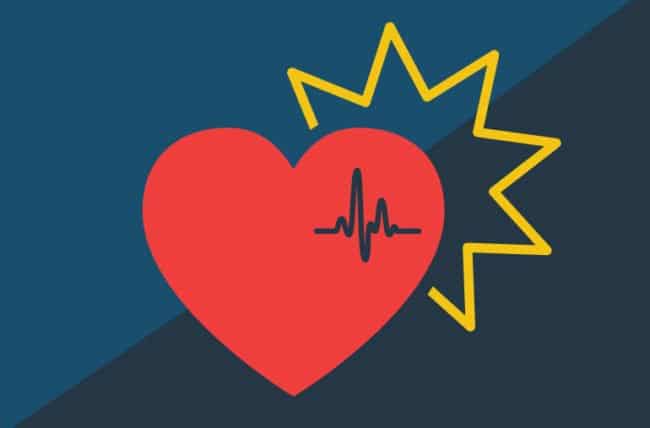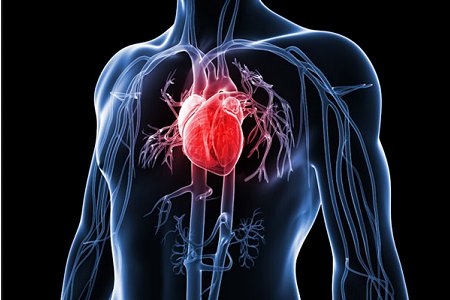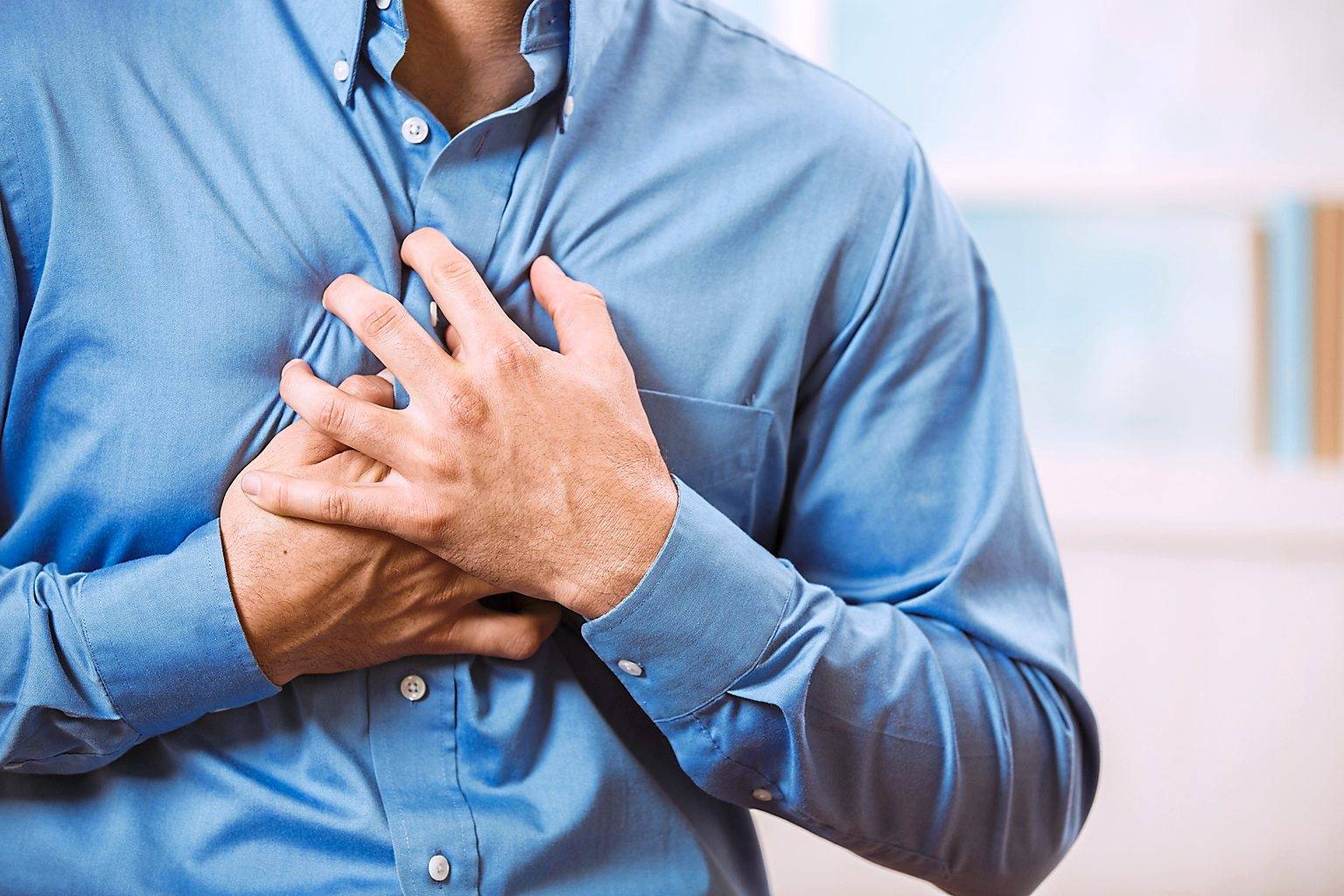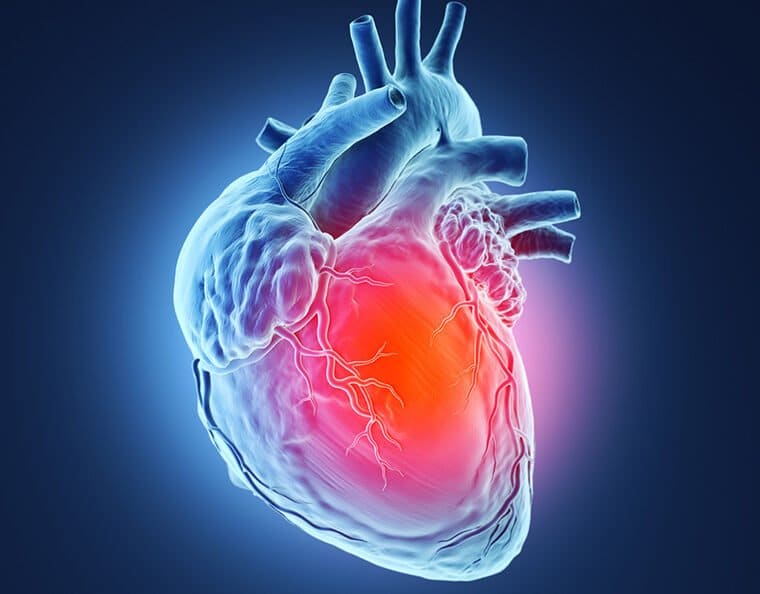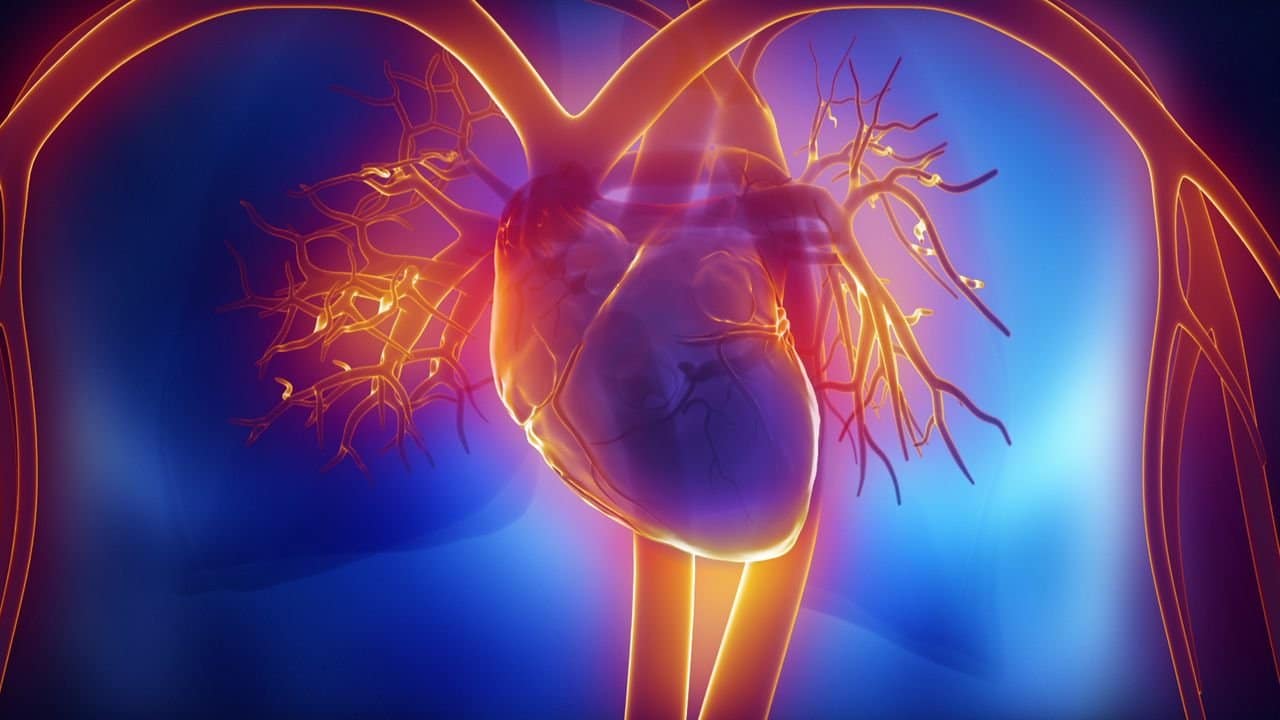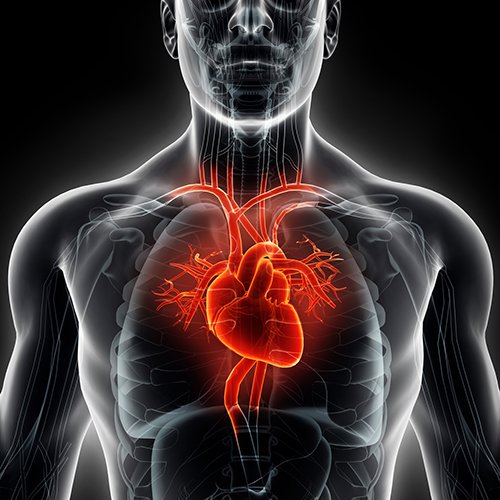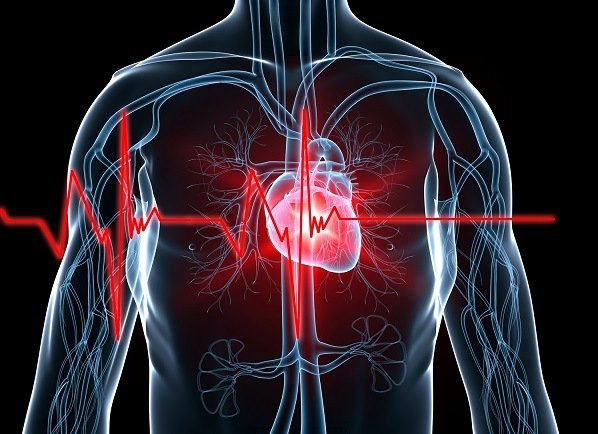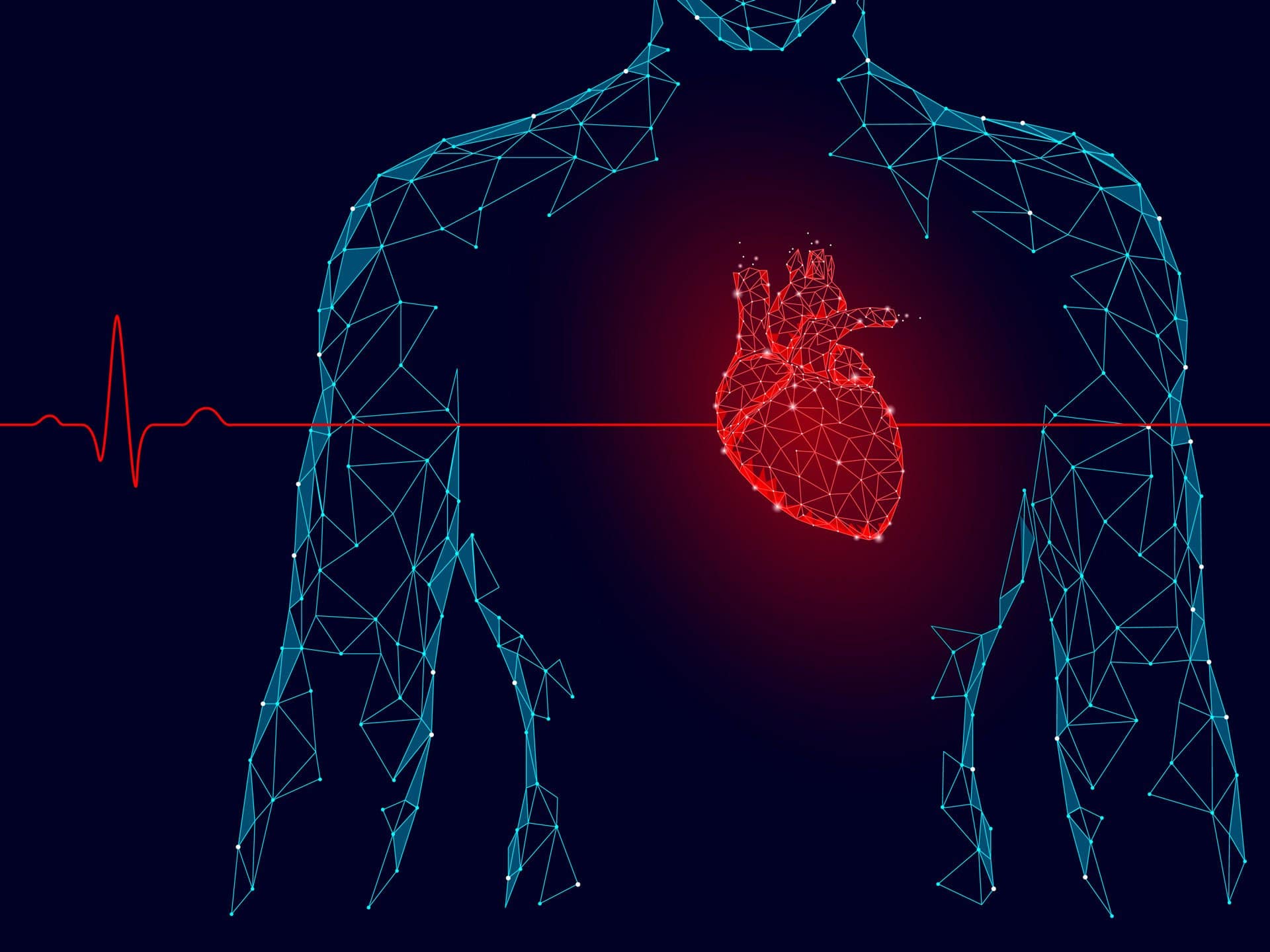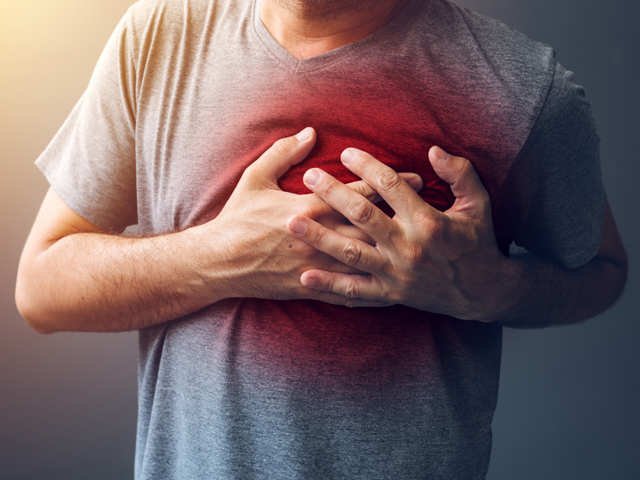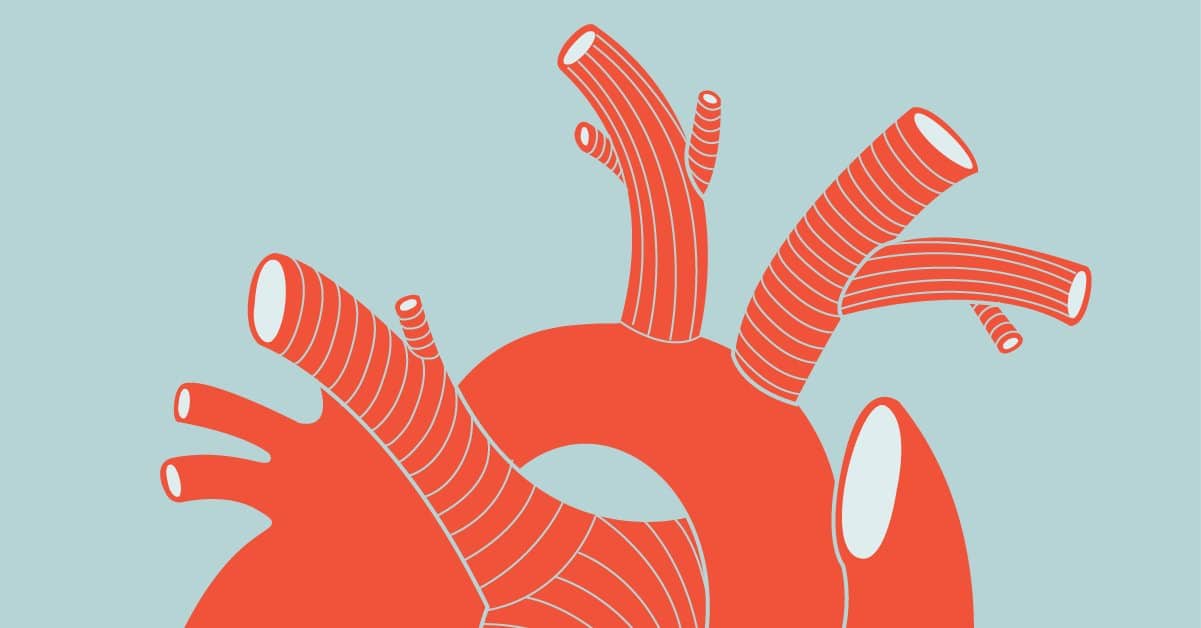About 610,000 people die of heart disease in the United States each year. This is 1 in 4 deaths, according to the Centers for Disease Control. And that makes heart disease the leading cause of death for both men and women.
Unfortunately, heart attacks are very common among Americans. There are different types of heart attacks. And every year about 790,000 of us suffer from one type or another.
The most common type of heart attack is caused by coronary thrombosis, which occurs when a clot (thrombus) blocks one or more of the blood vessels that feed the heart muscle. As a result of the lack of blood, part of the muscle may be damaged and its ability to contract may be lost. This is called myocardial infarction. If the infarct is small and the electrical impulses that control the heartbeat (strokes) are not interrupted, the chances of recovery are great.
Heart Attack Symptoms
A heart attack can occur gradually and is preceded by several attacks of angina pectoris over several days, weeks, months, or even years. (Angina is the name for chest pain that occurs when the muscular wall of the heart is temporarily deprived of sufficient oxygen.) But a heart attack can also occur without visible warning in people who have never experienced chest pain before.
Typically, heart attack pain is a feeling of tightness in the central chest area; it can vary in intensity from a feeling of tightness to excruciating crushing or tearing. The pain may regular or last for a few minutes, then disappear and then recur. It usually spreads to the back, jaw, and left arm. Although a heart attack can be triggered by physical or emotional stress, pain, unlike angina, does not go away when the stress stops.
The pain is usually accompanied by shortness of breath, sweating, nausea, dizziness, and pallor. (Some people experience a heart attack without any of these symptoms. This is known as a “silent” infarct, which can be confirmed by changes in the electrocardiogram or some other hospital tests.)
The Major Two Types of Heart Attack
There are two main types of heart attacks that men can experience. Both are associated with an accumulation of fatty deposits called plaques in one or more coronary arteries that supply blood to the heart muscle.
Type 1: A heart attack occurs when a plaque ruptures, causing a blood clot to form. The clot blocks an artery, interrupting blood flow to a part of the heart.
Type 2: A heart attack occurs when a buildup of plaque itself severely restricts blood flow to the heart, but does not completely block it.
Medical Emergency
Most heart attack deaths occur within minutes or hours of symptoms. Therefore, in case of sudden and severe chest pain arises, you should immediately call an ambulance and take the person to the hospital. Denying that these symptoms represent a life-threatening illness can lead to a delay that can be fatal.
One of the main causes of death from coronary thrombosis is an irregular heartbeat in the first hours after an attack. Therefore, emergency care focuses on stabilizing the heart rate as well as relieving pain and preventing shock.
In an intensive care unit or cardiology department in a hospital, the heart rate and rhythm will be constantly monitored by an electrocardiograph. Blood tests may be ordered to detect enzymes secreted by the heart to further evaluate the infarct, and various medications may be prescribed. Mood changes and feelings of anxiety are very common after a heart attack, and the patient is often given a mild tranquilizer.
Depending on the severity of the attack, the patient can be released from bed within three or four days and discharged after two weeks. If possible, constant rest for a shorter time should be avoided, as this leads to a rapid loss of muscle tone in the body and an increase in heart rate during exercise. Physical activity is gradually increased and most patients can return to their full range of normal activity within a few months.
What is a Mild Heart Attack?
A mild heart attack affects a relatively small part of the heart muscle or does not seriously damage the heart. This is because the occlusion of the coronary artery occurs in a small artery that supplies a small portion of the heart muscle; does not completely block blood flow to the heart; or does not last long.
A common misconception is that a mild heart attack is not serious. Even if the area of the affected heart is small, a heart attack can cause permanent damage to the heart and life-threatening problems that affect you for the rest of your life, including heart failure, an irregular heart rhythm (arrhythmia), and a higher risk of a second heart attack.
What is a Massive Heart Attack?
A massive heart attack affects most of the heart muscle or causes major damage to the heart. This can happen if a blockage of a coronary artery occurs in a large artery that supplies most of the heart; completely blocks the blood flow to the heart; or lasts a long time.
A massive heart attack can lead to collapse, cardiac arrest (when the heart stops beating), and quick death or permanent damage to the heart. A massive heart attack can also lead to heart failure, arrhythmia’s, and a higher risk of another heart attack.
How Long Does it Take to Recover from a Heart Attack?
A heart attack is a life-threatening condition in which the blood flowing to the heart suddenly stops due to a blockage in a coronary artery. Damage to the surrounding tissue occurs immediately.
Recovery from a heart attack ultimately depends on the severity of the condition as well as how quickly it heals.
You can stay in the hospital for 3 to 5 days immediately after the event, or until your condition stabilizes.
Generally, recovery from a heart attack takes several weeks, or maybe several months.
Types of Heart Attacks
A heart attack is a medical emergency. These can include chest or neck pain, nausea, shortness of breath, feeling unusually tired or lightheaded, and the sensation that your heart is pounding in your chest. It’s important to know the warning signs so you can get help quickly. Here is the list of all types of heart attacks that you should know about.
1. STEMI Heart Attack
One type of heart attack is called a STEMI. This is ST-segment elevation myocardial infarction. In this type of heart attack, the patient’s heart beat is off because the blood supply to most of the heart is blocked for a long period of time. A major blockage in an artery means that oxygen and nutrient-rich blood cannot reach the heart. And because of this, the risk of death is high. STEMI requires a quick response.
A STEMI is usually associated with coronary artery disease (CAD). CAD is caused by a buildup of plaque in the walls of the arteries that supply blood to the heart and other parts of the body. Plaque is made up of deposits of cholesterol and other substances. Over time, it can build up and narrow the arteries, blocking blood flow. And as soon as a serious blockage occurs, a massive heart attack can occur.
2. NSTEMI Heart Attack
Unlike STEMI, the affected coronary artery is only partially blocked in NSTEMI. NSTEMI will not show ST segment changes on the electrocardiogram.
Coronary angiography will show the degree of blockage in the artery. A blood test will also show elevated troponin protein levels. Although the heart may be less damaged, NSTEMI is still a serious condition.
3. Coronary Artery Spasm Heart Attack
Coronary artery spasm is also known as coronary spasm, unstable angina, or silent heart attack. Symptoms, which may be the same as those of a heart attack with STEMI, can be confused with muscle pain, indigestion, and more. This happens when one of the heart arteries narrows so much that blood flow stops or decreases dramatically. Only images and blood test results can tell your doctor if you’ve had a silent heart attack.
There is no permanent damage during a coronary artery spasm. Although silent heart attacks are less severe, they increase the risk of a new or more severe heart attack.
4. Demand Ischemia Heart Attack
Demand ischemia is another type of heart attack in which the arteries may not be present. This occurs when the patient’s heart requires more oxygen than is available in the body. It can happen in patients with infection, anemia, or tachyarrhythmia (abnormally fast heartbeat). Blood tests will show the presence of enzymes that indicate damage to the heart muscle.
5. Cardiac Arrest
Not a heart attack: During cardiac arrest, the person’s heart stops beating. Cardiac arrest is not the same as a heart attack, but it is worth discussing with a heart attack. Cardiac arrest can occur due to a heart attack, but cardiac arrest can also occur as a serious event. In other words, cardiac arrest can occur for reasons other than a blocked artery. These other causes include electrolyte disturbances such as low or high potassium or low magnesium levels, congenital abnormalities, or poor pumping function of the heart.
With a heart attack, a person’s heart continues to beat. A heart attack can cause life-threatening arrhythmias (abnormal heart rhythms) such as ventricular tachycardia (VT) or ventricular fibrillation (VF). These arrhythmias cause the cardiac arrest within minutes because the heart does not pump blood to the lungs to take up vital oxygen that circulates back to the heart and body.
Number of seconds counts in treating both heart attack and cardiac arrest. In cardiac arrest, the chances of survival are reduced by about 10 percent every minute until the person is resuscitated. After 10 minutes, the risk of permanent brain damage is very high.
Initial treatment will consist of cardiopulmonary resuscitation (CPR) and defibrillation, delivery of an electrical shock to restore heart rhythm. For resuscitated people who have a heartbeat but do not regain consciousness, hypothermia protocols are sometimes used in which the body is cooled for 24 hours and then gradually warmed up. This has been shown to increase the chances of a good neurological outcome for these patients.
6. Silent Heart Attack
Some people have a heart attack with mild or no symptoms, known as a silent heart attack.
Although they do not cause severe symptoms, silent heart attacks are far from harmless. They can cause permanent damage to the heart muscle.
Silent heart attacks account for about 45 percent of all heart attacks, according to Harvard Medical School. They affect women more often than men.
7. Unstable Angina Heart Attack
Unstable angina is chest pain that usually occurs at rest, lasts a while, and is not relieved by nitroglycerin. The most common cause of unstable angina is the formation of a cholesterol-laden plaque in the lining of the coronary artery. When the toxic contents of the plaque enter the bloodstream, a clot forms that blocks the spill.
The rupture and clot block blood flow, but not completely. Chest pain or other symptoms come and go as the clot grows and as the body’s natural clots try to melt it. Think of unstable angina as the anticipation of a heart attack.
Sometimes unstable angina pectoris goes away peacefully; sometimes turning into a crescendo into a full heart attack. There is a fine line between unstable angina and NSTEMI. Treatment for unstable angina can range from medications to interventions such as angioplasty or bypass surgery.
8. Q-wave Heart Attack
If a coronary artery is blocked for a long time and the area of the muscle it feeds is poorly nourished by the smaller surrounding blood vessels, the blockage is likely to result in cell death throughout the entire thickness of the heart muscle. Such heart attacks tend to cause deep Q-wave ECG depressions, which is why they were once called Q-wave myocardial infarctions. This term is replaced by transmural myocardial infarction. STEMI sometimes turns into Q-wave heart attacks.
9. Heart Attack Without Q-wave
Less extensive attacks that damage only the inner or outer portion of the heart muscle have little effect on the Q wave. Today they are called subendocardial infarction, which overlaps with NSTEMI.
What Should I do if I have a Heart Attack?
Calling 911 is almost always the fastest way to get life-saving treatment. When you call, emergency staff may advise you to chew aspirin to break up a possible blood clot, unless there is a medical reason to avoid taking aspirin. When an ambulance arrives, they can immediately begin treatment and are trained on how to revive someone whose heart has stopped. In addition, you are more likely to get to the hospital faster if you arrive by ambulance. If you have symptoms, do not drive alone unless there is no other option.
Tips for Preventing a Heart Attack
You can reduce your risk by following these basic behaviors.
- Aim for at least 150 minutes (2.5 hours) per week of moderate-intensity exercise such as brisk walking or swimming.
- Eat a healthy diet that focuses on fruits, vegetables, whole grains, lean proteins (such as fish), beans, lentils, nuts, and olive oil.
- Avoid red meats, processed foods and drinks with added sugar.
- Do not smoke.
- Take your medications regularly.
- Get Sleep for 7 to 9 hours every night.
- Reduce stress.
- Get regular checkups and blood tests to be done.
